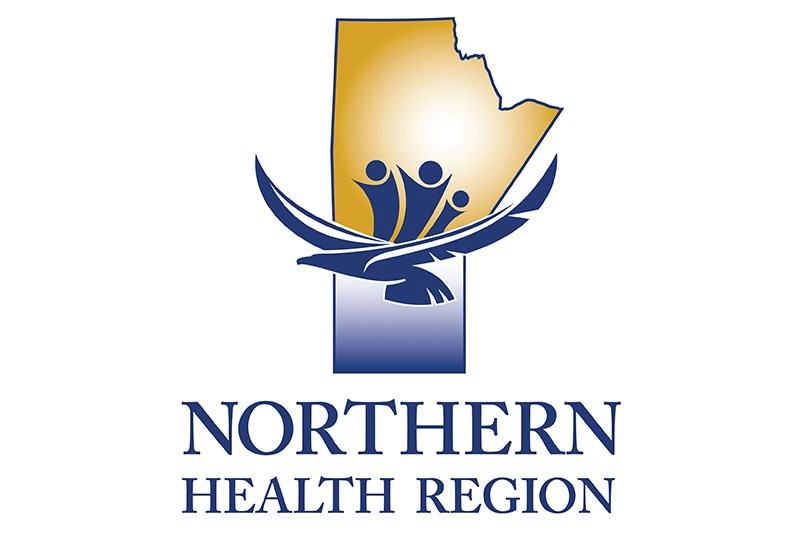Now that the first case of someone who tested positive for COVID-19 attending a school during their infectious period has occurred in Thompson, parents may be wondering what steps are taken after the case finding.
On Oct. 20, R.D. Parker Collegiate reported a confirmed case of the virus in someone who was present at the school on Oct. 15-16, when they may have been infectious (the period of infectiousness can begin up to two days before the onset of symptoms.) It was the third instance of a confirmed case having possibly ben at school while infectious in Northern Manitoba, coming after parents of Opasquia Elementary School and Scott Bateman Middle School students in The Pas were notified of a similar scenario Oct. 19, with the person who tested positive having been at school Oct. 16, while potentially infectious.
When someone connected to a school tests positive for COVID-19, public health officials notify the principal. If they were in the school while potentially infectious, the public is notified of the possible exposure. The person who tested positive is required to isolate themselves until they are considered recovered and public health staff complete contact tracing and advise close contacts to go into self-isolation.
Northern regional Health Authority (NRHA) medical officer of health Dr. Michael Isaac explained the different types of contacts identified in contact tracing to the Thompson Citizen on Oct. 16.
Contact tracing divides people into three categories: close contacts, medium-risk contact and low-risk contacts. The first group includes anyone who spent 15 minutes or more within six feet of a person who has tested positive for the virus. Medium-risk contacts are those who were not that close to or in the company of an infected person for a shorter period of time.
Close contacts are expected to self-isolate themselves and get tested if they develop COVID-19 symptoms.
“We would also help to facilitate testing somewhere around day five to seven of their last exposure even if they’re asymptomatic,” Isaac says.
Medium-risk contacts are asked to self-monitor themselves, including taking their temperature twice a day, for two weeks, while low-risk contacts do not have to take any special precautions beyond those everybody is asked to take because they aren’t at any greater risk of infection than the general public.
At the school where the confirmed case was present, areas the person was in are cleaned and disinfected according to health specifications. Schools may be required to close for awhile if large numbers of confirmed cases are linked to the school or if the person who tested positive had very large numbers of close contacts within the school.
Because RDPC requires all students and staff members to wear masks while in hallways and common areas as well as in classrooms if physical distancing of two metres between people can not be maintained, Isaac said in his letter notifying parents and guardians of the confirmed case of COVID-19 at the school that the risk of exposure was considered low due to the school’s consistent application of COVID-19 prevention measures.
“I would like to commend R.D. Parker Collegiate administration for their thorough attention to COVID-19 prevention measures at the school,” Isaac wrote.
The school remains open to students and staff apart from those identified as contacts of the person with the virus.
“If you have not been contacted by public health officials, your children have not been identified as being exposed to COVID-19 from this case,” said Isaac’s letter to parents and guardians.
Anyone whose child develops fever or chills, a cough, a sore throat or hoarse voice, shortness of breath, loss of taste or smell or vomiting or diarrhea for more than 24 hours is instructed to isolate themselves from others and seek testing within 24 hours after symptoms appear. The same advice applies to anyone who gets two or more of the following symptoms: runny nose, muscle aches, fatigue, pink eye, a headache, a skin rash of unknown cause or a loss of appetite.
People with these symptoms who do not get tested must self-isolate for 10 days following the start of symptoms. Isolation can be discontinued after 10 days if the person has been symptom-free for 24 hours.




